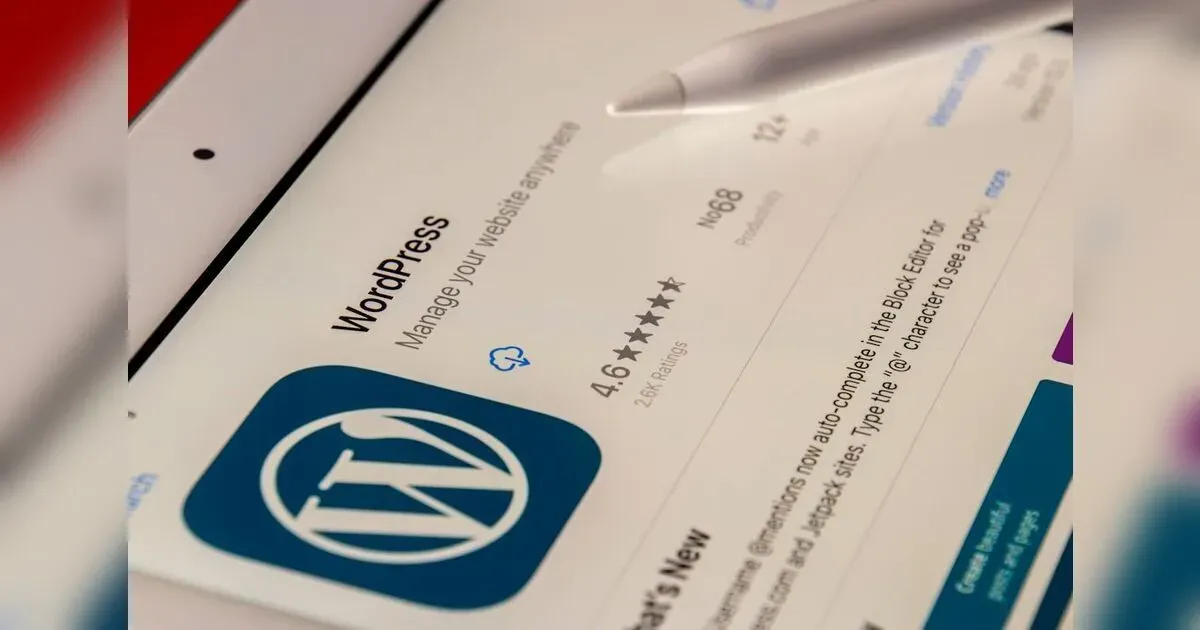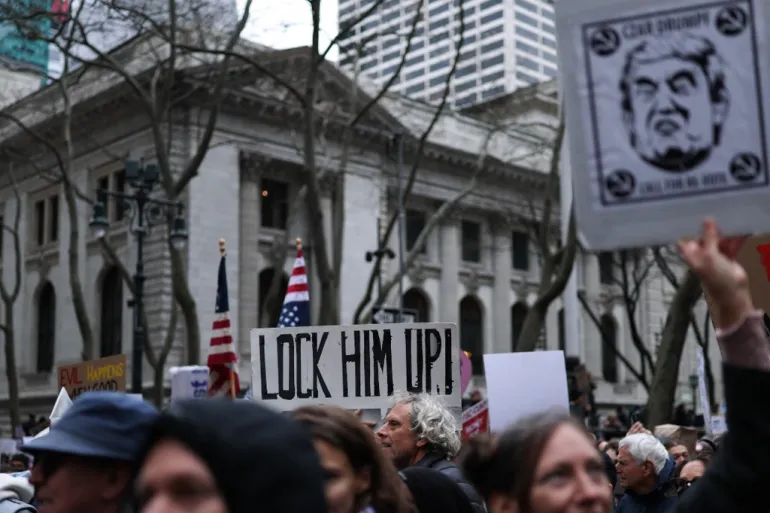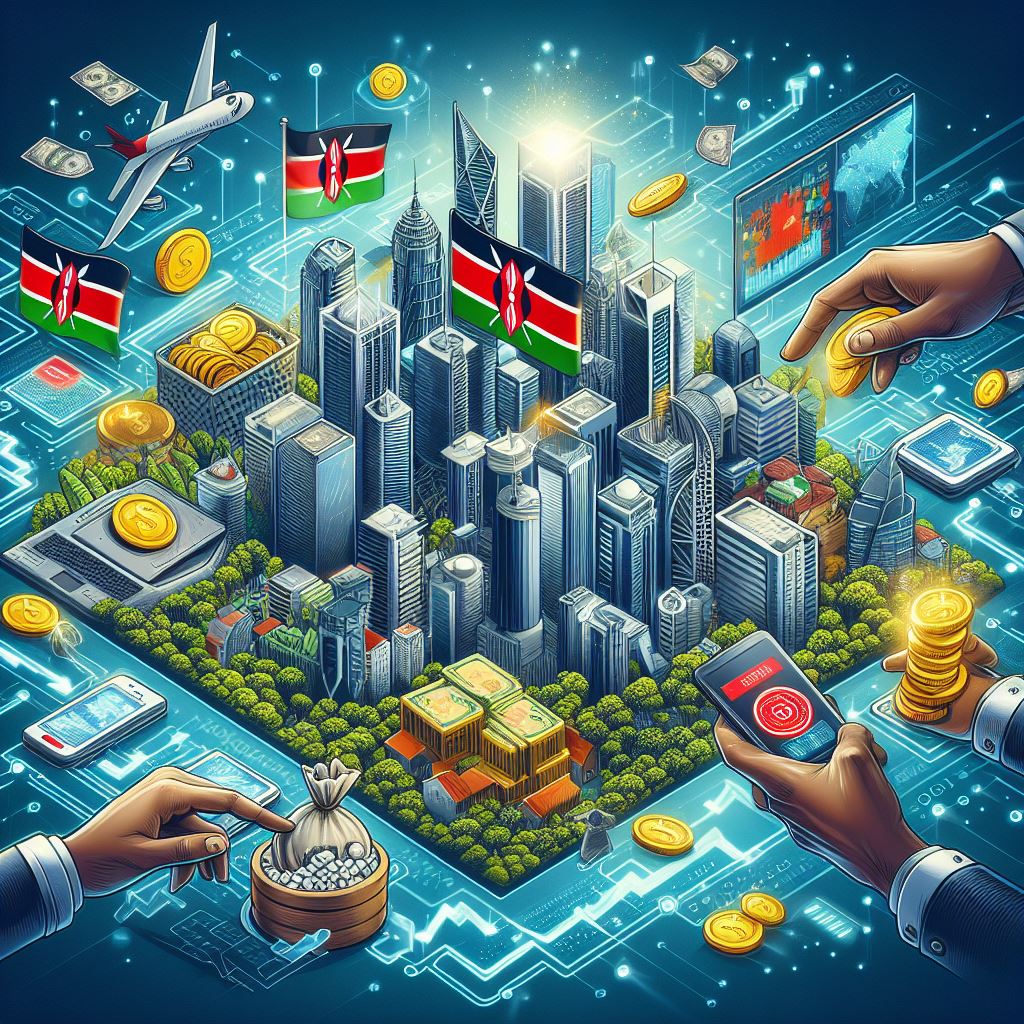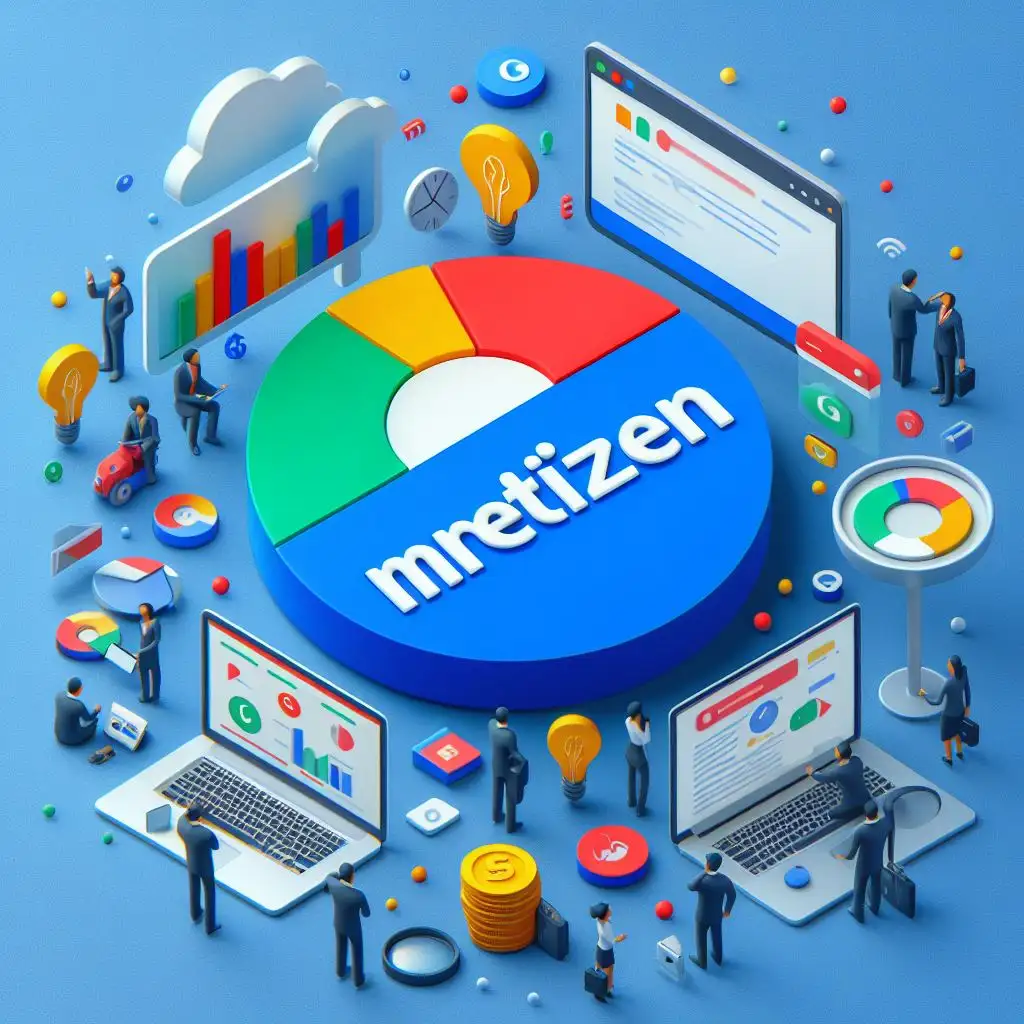A hacker goes to a café and in 20 minutes, he knew where everyone else was born, what schools they attended and the last five things they googled.
In our increasingly digital world, the convenience of free public WiFi is hard to resist. Whether you're in a café, airport, mall, or park, chances are you've connected to one of these networks. But have you ever wondered, "Is public WiFi safe?".
The proliferation of public Wi-Fi networks has transformed the way we connect and communicate. With the ubiquity of smartphones, laptops, and other internet-enabled devices, the demand for accessible and reliable internet connectivity has skyrocketed. Public Wi-Fi networks have risen to meet this demand, cropping up in cafes, airports, parks, libraries, and even public transportation hubs.
This surge in public Wi-Fi availability has been fueled by several factors. Firstly, businesses and organizations recognize the value of offering free Wi-Fi as a customer service amenity, enhancing the overall customer experience. Additionally, governments and municipalities often invest in public Wi-Fi infrastructure to promote economic growth, tourism, and digital inclusion.
However, the rise in public Wi-Fi also brings security concerns. Public networks are inherently less secure than private ones, making users vulnerable to various cyber threats such as hacking, data interception, and malware. To mitigate these risks, users are encouraged to take precautions such as using virtual private networks (VPNs), ensuring their devices are updated with the latest security patches, and being cautious when accessing sensitive information on public networks.
The rise in public Wi-Fi has revolutionized connectivity, enabling people to stay connected and productive on the go. However, it's crucial for users to remain vigilant about security to safeguard their personal information and privacy.
With businesses and cities starting to provide free WiFi hotspots in various public places, these networks are meant to make our lives easier, but are they truly safe?
Public WiFi networks can be both safe and unsafe, depending on various factors. Let's explore why using them can pose security risks, but don't worry, we'll also show you how to protect yourself.
The Dangers of Public WiFi
1. Lack of Encryption
Public Wi-Fi networks are notorious for their lack of encryption, making them vulnerable to various security threats such as data interception and man-in-the-middle attacks. When you connect to a public Wi-Fi hotspot, your data can be easily intercepted by malicious actors who are also connected to the same network, potentially exposing sensitive information like passwords, financial details, and personal messages.
To mitigate these risks, several solutions can be implemented. Firstly, organizations and businesses offering public Wi-Fi should prioritize the implementation of encryption protocols such as WPA2 or WPA3. These protocols encrypt data transmitted between the device and the Wi-Fi access point, ensuring that even if intercepted, the data remains unreadable to unauthorized parties.
Additionally, virtual private networks (VPNs) can be utilized by individuals to create a secure and encrypted connection to a remote server before accessing the internet. This ensures that all data transmitted over the public Wi-Fi network is encrypted end-to-end, protecting it from potential eavesdropping.
Furthermore, raising awareness among the general public about the risks associated with unsecured public Wi-Fi and educating them about best practices for safe internet usage can also contribute to mitigating these security threats. By combining encryption technologies with user awareness and education, the security of public Wi-Fi networks can be significantly enhanced, safeguarding users' sensitive information against potential attacks.
2. Unsecured Networks
There are basically two kinds of public Wi-Fi networks: Secured and unsecured.
Whenever possible connect to secured public networks. An unsecured network can be connected to without any type of security feature like a password or login. A secured network usually requires a user to agree to terms and conditions, register an account, or type in a password before connecting to the network.
Even if you have a VPN it is still not recommended to access personal bank accounts, or similar sensitive personal data like social security numbers on unsecured public networks. Even public secured networks can be risky. Use your best judgement if you must access these accounts on public Wi-Fi. For financial transactions, it may be better to use your smartphone's hotspot function instead.
3. Untrusted Network Administrators
Untrusted network administrators pose a significant risk when using public WiFi due to their potential access to sensitive data transmitted over the network. Public WiFi networks, often found in places like cafes, airports, and hotels, are convenient but inherently insecure. Network administrators, whether intentionally malicious or inadvertently compromised, can intercept, manipulate, or even steal data transmitted over these networks.
One way to mitigate this risk is by using a Virtual Private Network (VPN). A VPN creates a secure, encrypted tunnel between your device and the internet, preventing network administrators from snooping on your online activities. By encrypting your data before it leaves your device, VPNs ensure that even if intercepted, your information remains unreadable to unauthorized parties.
Additionally, practicing good cybersecurity hygiene is crucial. This includes avoiding sensitive transactions, such as online banking or shopping, while connected to public WiFi. Limiting the type of information transmitted over public networks reduces the potential impact of interception or manipulation by untrusted network administrators.
Furthermore, enabling HTTPS (Hypertext Transfer Protocol Secure) whenever possible adds another layer of protection. HTTPS encrypts data exchanged between your device and websites, making it more difficult for network administrators to intercept or tamper with sensitive information.
Regularly updating device software and security patches is essential in guarding against potential vulnerabilities exploited by untrusted network administrators. Vulnerable software can be exploited to gain unauthorized access to devices or compromise data transmitted over public WiFi networks.
Finally, staying informed about cybersecurity threats and best practices is crucial in safeguarding against the risks posed by untrusted network administrators. By remaining vigilant and proactive, individuals can minimize the likelihood of falling victim to data breaches or unauthorized access while using public WiFi.
The increasing use of public Wi-Fi has raised significant concerns over the security of data transmitted over these networks. Public Wi-Fi hotspots are vulnerable to attacks, such as man-in-the-middle and eavesdropping, which can compromise sensitive information. The risks can be mitigated by taking several measures, such as avoiding the use of public Wi-Fi for sensitive transactions, using VPNs, and keeping devices updated. However, it is crucial for both businesses and individuals to be aware of the potential risks and take the necessary precautions to protect their data. In conclusion, public Wi-Fi poses a significant threat to cybersecurity and it is essential for everyone to take responsibility for their online safety.
The proliferation of public Wi-Fi networks has transformed the way we connect and communicate. With the ubiquity of smartphones, laptops, and other internet-enabled devices, the demand for accessible and reliable internet connectivity has skyrocketed. Public Wi-Fi networks have risen to meet this demand, cropping up in cafes, airports, parks, libraries, and even public transportation hubs.
This surge in public Wi-Fi availability has been fueled by several factors. Firstly, businesses and organizations recognize the value of offering free Wi-Fi as a customer service amenity, enhancing the overall customer experience. Additionally, governments and municipalities often invest in public Wi-Fi infrastructure to promote economic growth, tourism, and digital inclusion.
However, the rise in public Wi-Fi also brings security concerns. Public networks are inherently less secure than private ones, making users vulnerable to various cyber threats such as hacking, data interception, and malware. To mitigate these risks, users are encouraged to take precautions such as using virtual private networks (VPNs), ensuring their devices are updated with the latest security patches, and being cautious when accessing sensitive information on public networks.
The rise in public Wi-Fi has revolutionized connectivity, enabling people to stay connected and productive on the go. However, it's crucial for users to remain vigilant about security to safeguard their personal information and privacy.
With businesses and cities starting to provide free WiFi hotspots in various public places, these networks are meant to make our lives easier, but are they truly safe?
Public WiFi networks can be both safe and unsafe, depending on various factors. Let's explore why using them can pose security risks, but don't worry, we'll also show you how to protect yourself.
The Dangers of Public WiFi
1. Lack of Encryption
Public Wi-Fi networks are notorious for their lack of encryption, making them vulnerable to various security threats such as data interception and man-in-the-middle attacks. When you connect to a public Wi-Fi hotspot, your data can be easily intercepted by malicious actors who are also connected to the same network, potentially exposing sensitive information like passwords, financial details, and personal messages.
To mitigate these risks, several solutions can be implemented. Firstly, organizations and businesses offering public Wi-Fi should prioritize the implementation of encryption protocols such as WPA2 or WPA3. These protocols encrypt data transmitted between the device and the Wi-Fi access point, ensuring that even if intercepted, the data remains unreadable to unauthorized parties.
Additionally, virtual private networks (VPNs) can be utilized by individuals to create a secure and encrypted connection to a remote server before accessing the internet. This ensures that all data transmitted over the public Wi-Fi network is encrypted end-to-end, protecting it from potential eavesdropping.
Furthermore, raising awareness among the general public about the risks associated with unsecured public Wi-Fi and educating them about best practices for safe internet usage can also contribute to mitigating these security threats. By combining encryption technologies with user awareness and education, the security of public Wi-Fi networks can be significantly enhanced, safeguarding users' sensitive information against potential attacks.
2. Unsecured Networks
There are basically two kinds of public Wi-Fi networks: Secured and unsecured.
Whenever possible connect to secured public networks. An unsecured network can be connected to without any type of security feature like a password or login. A secured network usually requires a user to agree to terms and conditions, register an account, or type in a password before connecting to the network.
Even if you have a VPN it is still not recommended to access personal bank accounts, or similar sensitive personal data like social security numbers on unsecured public networks. Even public secured networks can be risky. Use your best judgement if you must access these accounts on public Wi-Fi. For financial transactions, it may be better to use your smartphone's hotspot function instead.
3. Untrusted Network Administrators
Untrusted network administrators pose a significant risk when using public WiFi due to their potential access to sensitive data transmitted over the network. Public WiFi networks, often found in places like cafes, airports, and hotels, are convenient but inherently insecure. Network administrators, whether intentionally malicious or inadvertently compromised, can intercept, manipulate, or even steal data transmitted over these networks.
One way to mitigate this risk is by using a Virtual Private Network (VPN). A VPN creates a secure, encrypted tunnel between your device and the internet, preventing network administrators from snooping on your online activities. By encrypting your data before it leaves your device, VPNs ensure that even if intercepted, your information remains unreadable to unauthorized parties.
Additionally, practicing good cybersecurity hygiene is crucial. This includes avoiding sensitive transactions, such as online banking or shopping, while connected to public WiFi. Limiting the type of information transmitted over public networks reduces the potential impact of interception or manipulation by untrusted network administrators.
Furthermore, enabling HTTPS (Hypertext Transfer Protocol Secure) whenever possible adds another layer of protection. HTTPS encrypts data exchanged between your device and websites, making it more difficult for network administrators to intercept or tamper with sensitive information.
Regularly updating device software and security patches is essential in guarding against potential vulnerabilities exploited by untrusted network administrators. Vulnerable software can be exploited to gain unauthorized access to devices or compromise data transmitted over public WiFi networks.
Finally, staying informed about cybersecurity threats and best practices is crucial in safeguarding against the risks posed by untrusted network administrators. By remaining vigilant and proactive, individuals can minimize the likelihood of falling victim to data breaches or unauthorized access while using public WiFi.
The increasing use of public Wi-Fi has raised significant concerns over the security of data transmitted over these networks. Public Wi-Fi hotspots are vulnerable to attacks, such as man-in-the-middle and eavesdropping, which can compromise sensitive information. The risks can be mitigated by taking several measures, such as avoiding the use of public Wi-Fi for sensitive transactions, using VPNs, and keeping devices updated. However, it is crucial for both businesses and individuals to be aware of the potential risks and take the necessary precautions to protect their data. In conclusion, public Wi-Fi poses a significant threat to cybersecurity and it is essential for everyone to take responsibility for their online safety.


























